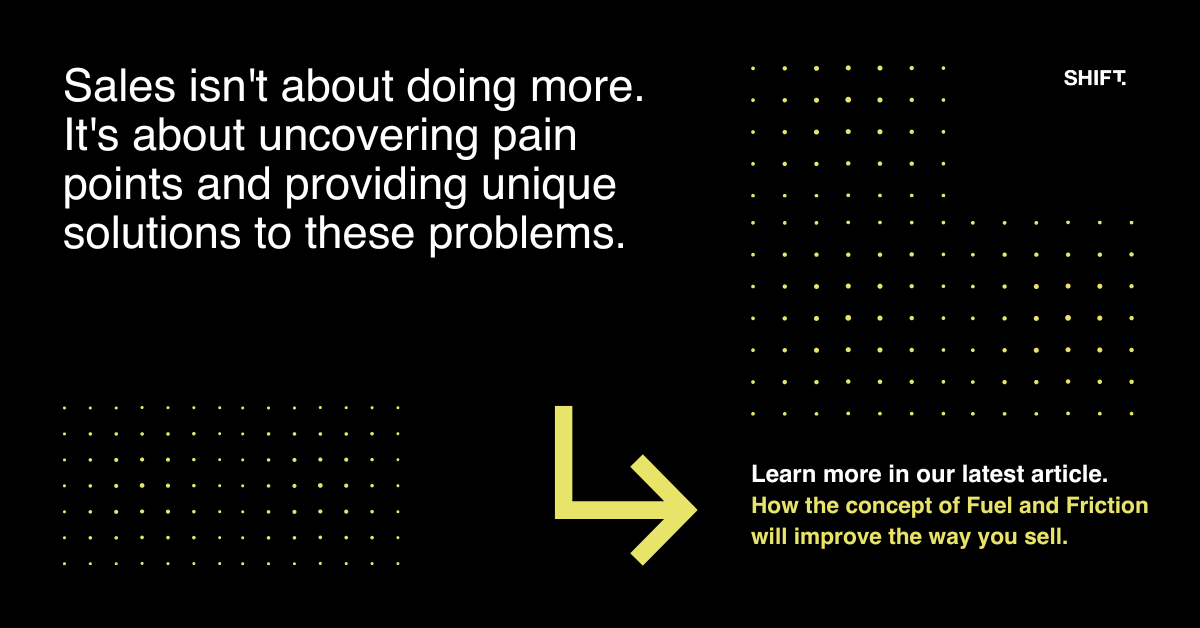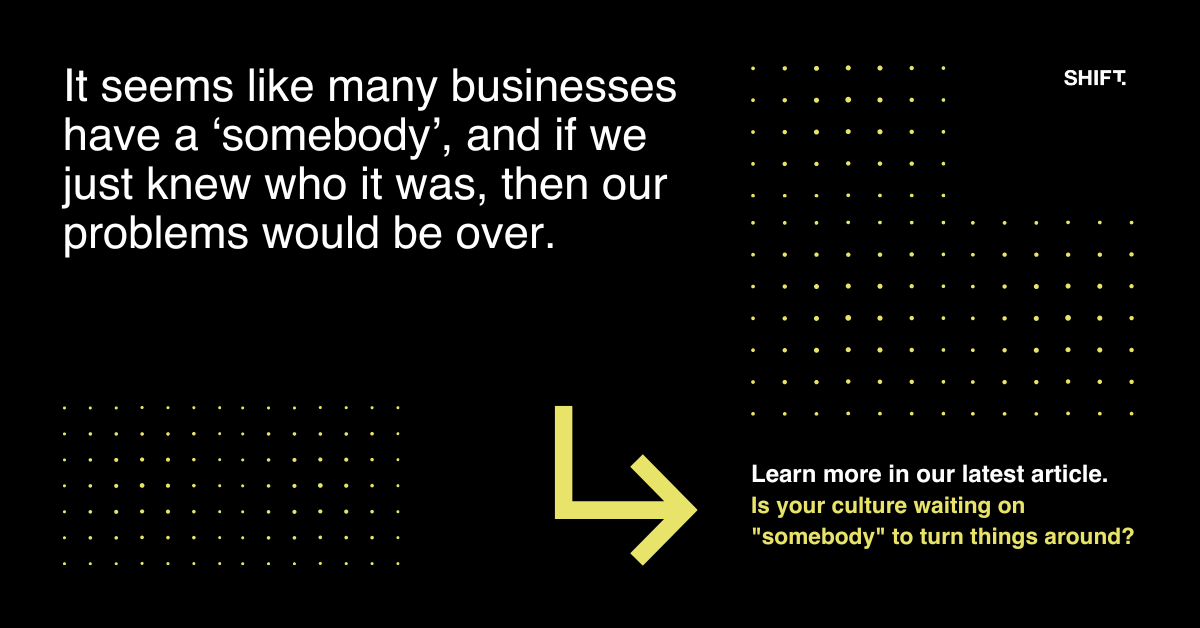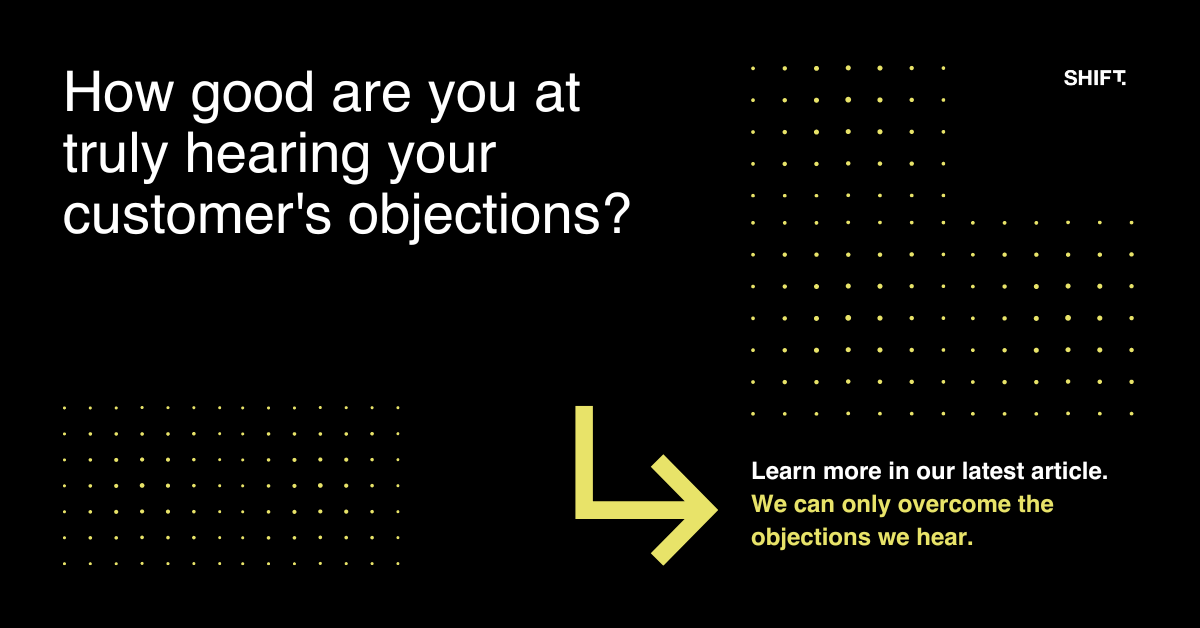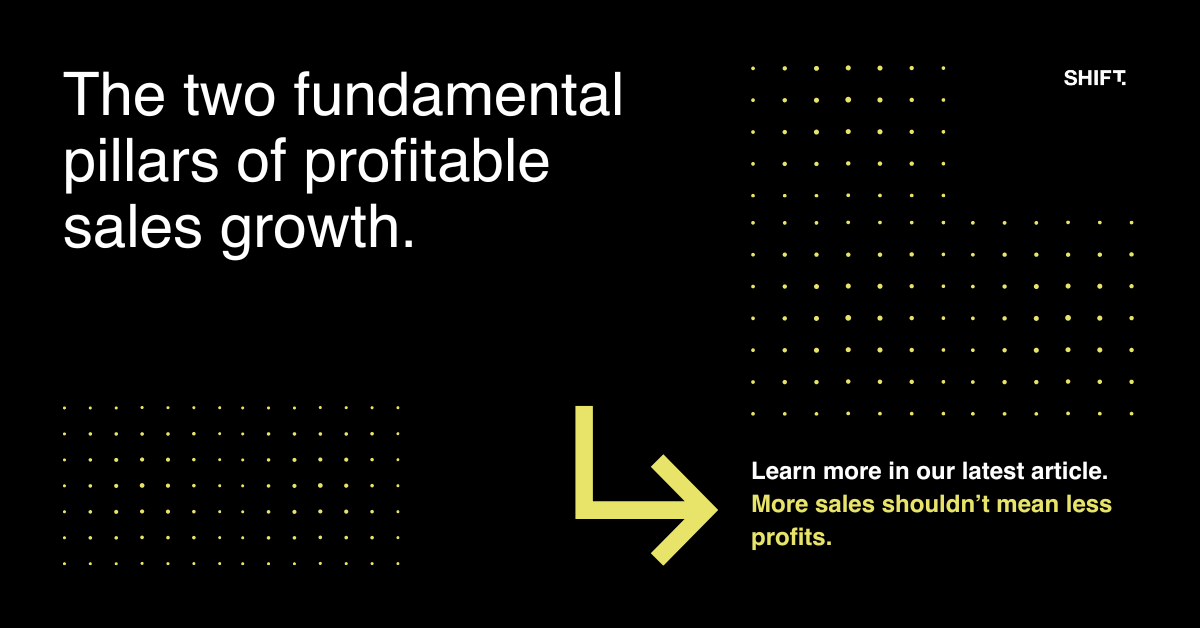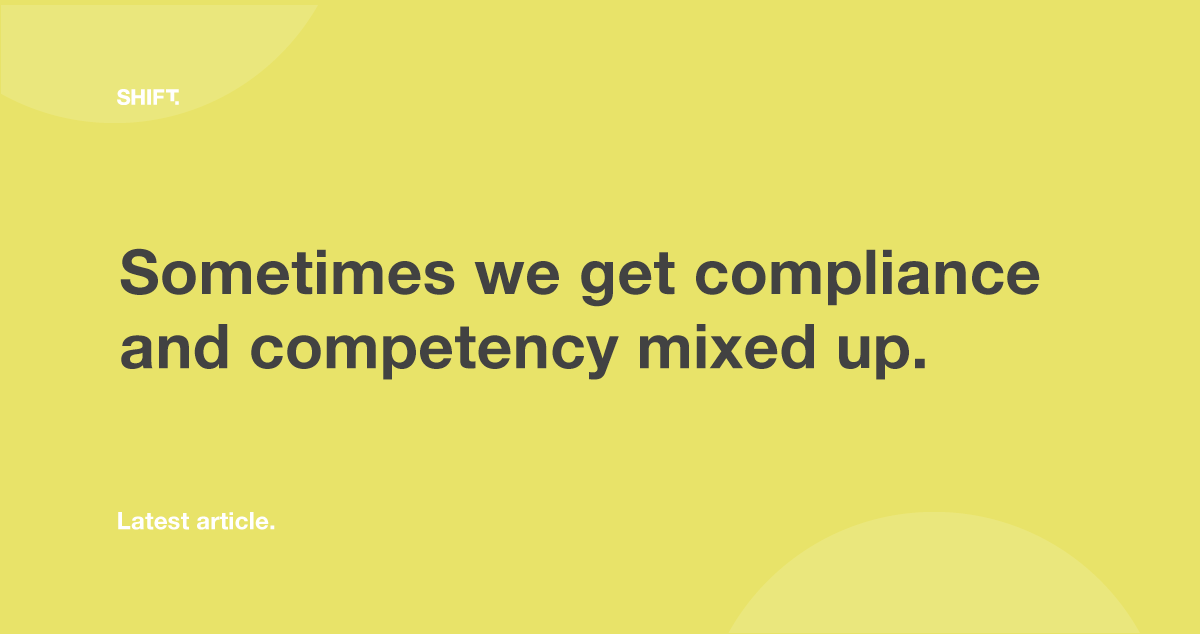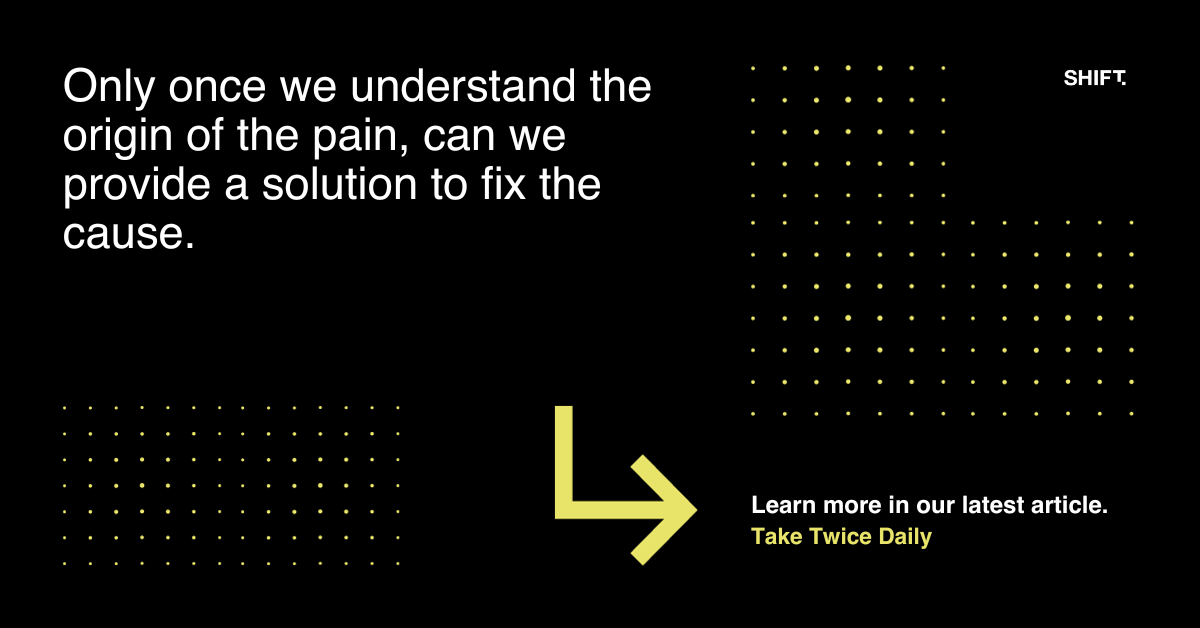The sales manager was frustrated that his team wouldn’t ‘get with the program’. They’d completed the training, discussed the different aspects of the new techniques and yet as soon as they went out on the road, they went back to their old habits. It wasn’t that they weren’t making sales. It’s just that they could be better, convert more leads and lift their activity.
Whilst sales were up on last year, lead conversion had plateaued at a level that was still not at budget and not where it needed to be, and customer churn rates were too high. The sales team were dialled into their CRM program and were following up on new leads when they got the time to do so. ‘Not enough time’ always seemed to be the excuse.
The sales manager decided that enforcing the number of customers contacted per day/week would drive the activity required to get the sales teams in front of the customers. There was pushback from the more vocal team members, once again about
‘not enough time’ and alluding to a ‘big brother’ approach. At the same time, some team members amped up their calls and ensured the sales manager saw just how many calls they were making. This reinforced to the sales manager that the quantity of calls would directly correlate to greater lead conversion. Those salespeople who were hitting the customer call numbers were highlighted as the ‘right’ type of salespeople, and those who weren’t were made to feel like they weren’t doing their job. Over time, lead conversion did rise slightly but not in line with the effort exerted to make sure there was 100% compliance to the number of calls target. Added to this, there were those salespeople that had high conversion rates and were meeting and exceeding sales targets but weren’t making the number of calls the sales manager was enforcing.
What was going on?
Sometimes we get compliance and competency mixed up. We think that driving compliance will automatically drive the skills, beliefs and behaviours required for competency. We believe that by enforcing what we want, there is a direct line to enrolment, to changing beliefs and behaviours in our salespeople so that they will want to learn, develop, and lean into the opportunities in front of them. Don’t get me wrong, sometimes compliance and enforcement can push salespeople towards competency and enrolment, but only if they decide to do so.
When things aren’t going our way as quickly as we want, it is far easier to put out directives and compliance measures and enforce them than it is to spend the time to change beliefs and behaviours and build competency.
We need to turn the approach 180 degrees and start with the competency we are looking for, take our salespeople on the journey, and gain enrolment. Once we do this, the compliance takes care of itself. What’s more, our sales teams will continue to grow, develop, and do some amazing things along the journey.
Andrew Nisbet
PS -
The online course for the Art of Relationship Selling is now live. The course includes six resource packed on-demand modules that will certainly improve the way you sell. You can
learn more about the course here.
